Congenital Heart Defect (CHD) is a congenital disability that affects the anatomy of the heart and the blood vessels surrounding it. CHDs are the most prevalent form of birth defect, affecting about 1 in every 100 newborns. These defects can range from simple structural problems to complex issues that affect the normal functioning of the heart and the circulatory system.
What is the meaning of congenital heart disease?
Congenital heart defect (CHD) or congenital heart disease is a condition that exists at birth where the heart and blood vessels near it do not develop normally. They can affect the heart's shape, function, and ability to pump blood effectively. CHDs are caused by a combination of genetic and environmental factors, and some can be diagnosed before birth through prenatal ultrasound.
Did you Know?
Congenital Heart Defect Awareness Week is an annual campaign that takes place in the United States to raise awareness about CHDs and the impact they have on individuals and families. This year, in 2023, Congenital Heart Defect Awareness Week will be observed from 7th February to 14th February.
During CHD Awareness Week, various organisations and advocacy groups work to educate the public about CHDs, the challenges faced by those living with CHDs, and the significance of early diagnosis and treatment.
Types of Congenital Heart Defects/Diseases
Congenital heart defects can be broadly categorised into two main categories: Cyanotic and Acyanotic heart disease.
- Cyanotic heart disease is a cluster of congenital heart defects that result in reduced oxygen-rich blood being delivered to the body. This results in a blue or purple tint to the skin, lips, and nails, known as cyanosis. Some of the most common types of cyanotic congenital heart diseases include tetralogy of Fallot, transposition of the great arteries, total anomalous pulmonary venous return, and tricuspid atresia.
- Acyanotic heart diseases are a group of congenital heart defects that do not cause cyanosis, blue or purple discolouration of the skin, nails, and lips due to low oxygen levels in the blood. These heart defects do not result in low oxygen levels but can still cause other symptoms and health problems.
Some of the common types of Congenital Heart Diseases include:
- Atrial septal defect (ASD): In this form, the heart has a hole in the wall (septum) that divides the two upper chambers (atria). Due to the mixing of oxygen-rich blood from the left atrium with oxygen-poor blood from the right atrium caused by this defect, the body receives less oxygen. Breathing difficulties, exhaustion, and a higher risk of pulmonary infections are possible symptoms.
- Patent ductus arteriosus (PDA): This is a condition where the ductus arteriosus, a blood vessel that connects the aorta and pulmonary artery in a developing foetus, fails to close after birth. This causes blood to flow from the aorta to the pulmonary artery instead of going to the body, increasing the workload on the heart and lungs. Symptoms may include rapid breathing, poor feeding, and heart murmur.
- Ventricular septal defect (VSD): This is a hole in the wall (septum) between the heart's two bottom chambers (ventricles). Due to the mixing of oxygen-rich blood from the left ventricle with oxygen-poor blood from the right ventricle caused by this hole, the body receives less oxygen. Shortness of breath and fast breathing are possible symptoms.
- Tetralogy of Fallot: This is a condition of four cardiac abnormalities that results in the passage of oxygen-deficient blood from the right ventricle to the body. The defects include a large ventricular septal defect, a blockage of blood flow from the right ventricle to the lungs, an enlarged right ventricle, and an aorta that lies over the ventricular septal defect. Symptoms may include cyanosis (a blue or purple tint to the skin, lips, and nails due to a lack of oxygen), shortness of breath, and fatigue.
Causes of Congenital Heart Defects
Congenital heart defects (CHDs) may be caused by a mix of genetic and environmental factors, and the specific reason is yet unknown.
- Genetic causes: Some CHDs can be caused by genetic mutations or anomalies passed down from parents to their children. Chromosomal abnormalities and mutations in genes associated with heart development have also been linked to CHDs.
- Environmental causes: Exposure to certain substances during pregnancy, such as alcohol, drugs, tobacco, and certain medications, has been associated with a greater risk of CHDs. The risk of CHDs may also be increased by maternal conditions like diabetes or infections, as well as by environmental factors, including exposure to specific chemical agents.
- Other factors: In some cases, CHDs may result from a combination of hereditary and environmental causes, or as a result of other factors such as maternal age, obesity, and poor nutrition.
Symptoms of Congenital Heart Defects
The symptoms of congenital heart defects can vary depending on the degree and type of the defect. Some common symptoms include:
- Rapid breathing
- Poor weight gain and growth
- Fatigue
- Shortness of breath
- Bluish skin colour
- Chest pain
- Fainting
Treatment of Congenital Heart Defects
Different congenital heart defects require different treatments depending on the kind and extent of the problem. Some common treatments include:
- Surgery: to repair or correct the heart defect
- Medications: to manage symptoms and improve heart function
- Lifestyle changes: such as avoiding strenuous activity or maintaining a healthy weight
- Monitoring: to track the progression of the CHD and make adjustments to treatment as needed
Let’s be aware so that we know better and guide better.













 7982100200
7982100200



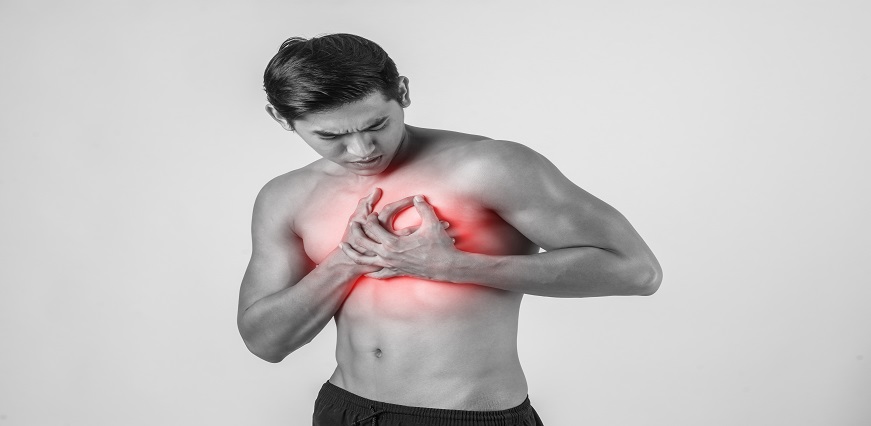




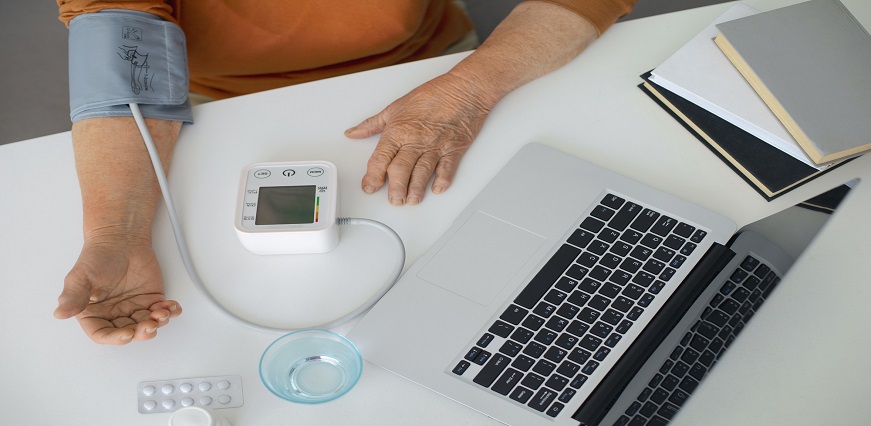
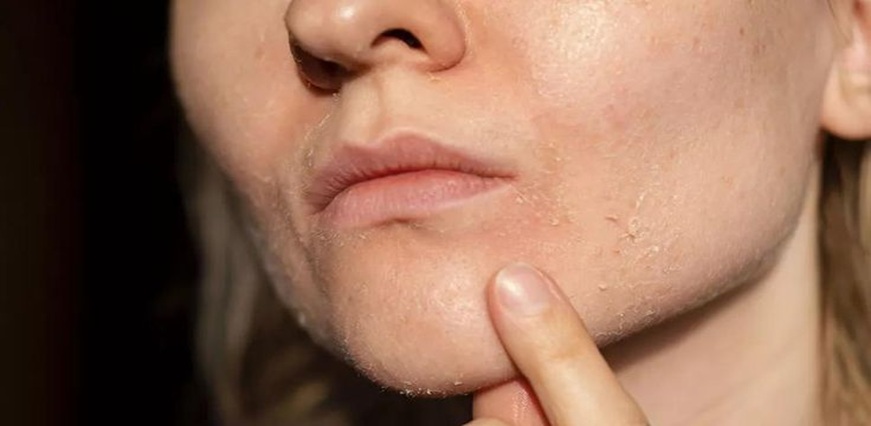
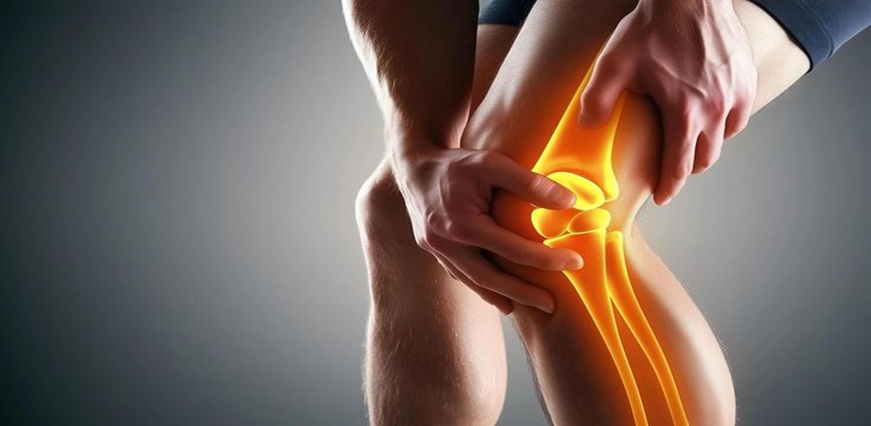
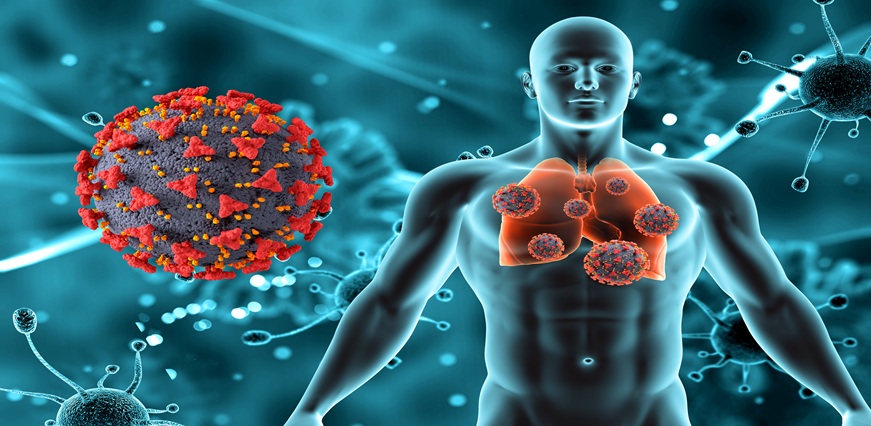
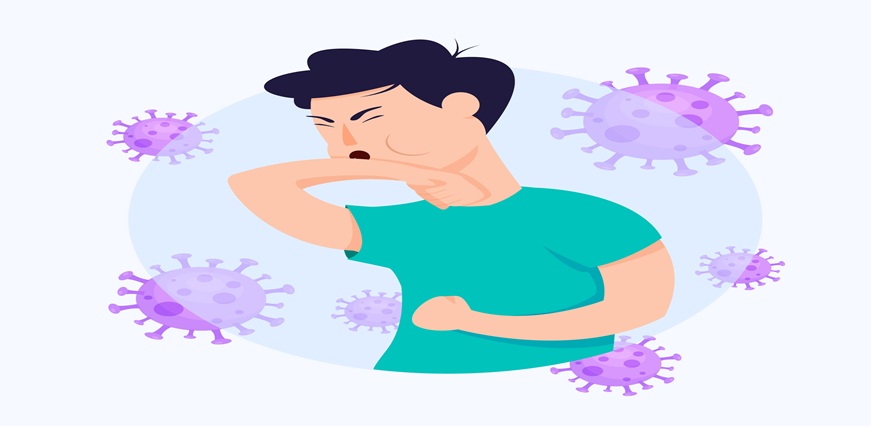











 To reach our help desk call 9213188888
To reach our help desk call 9213188888.png)
Comments